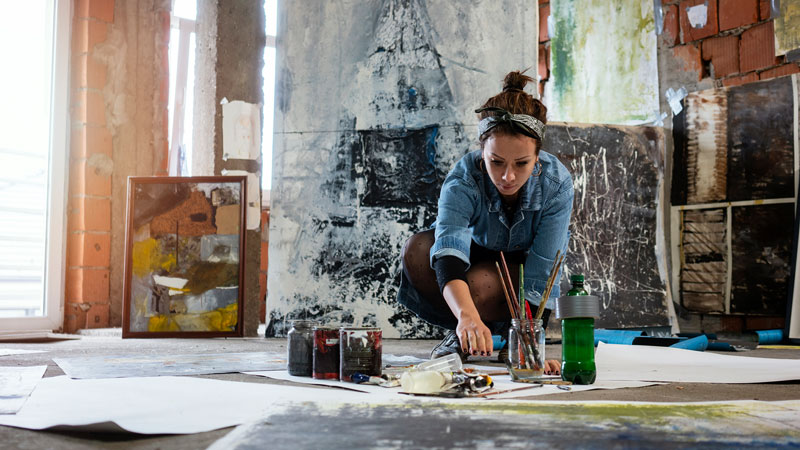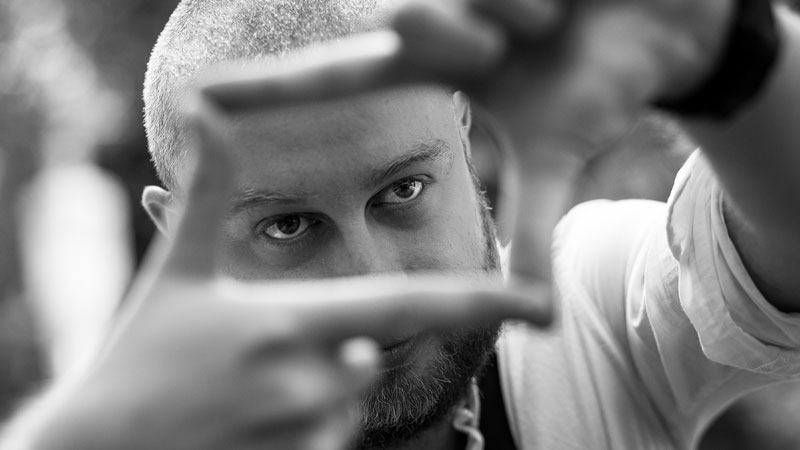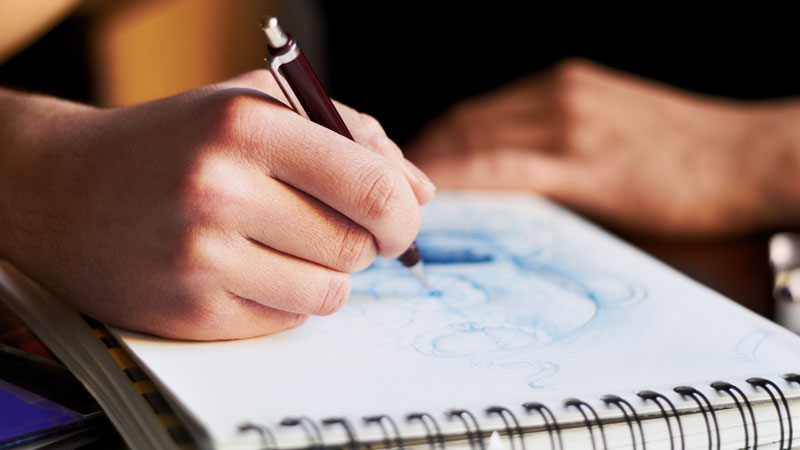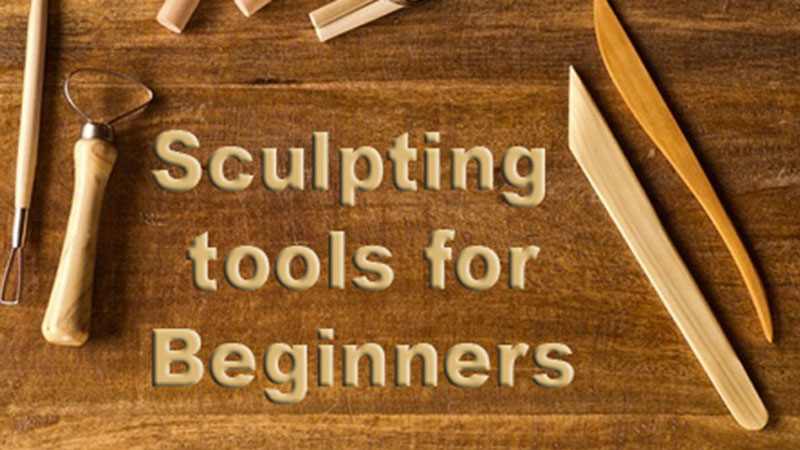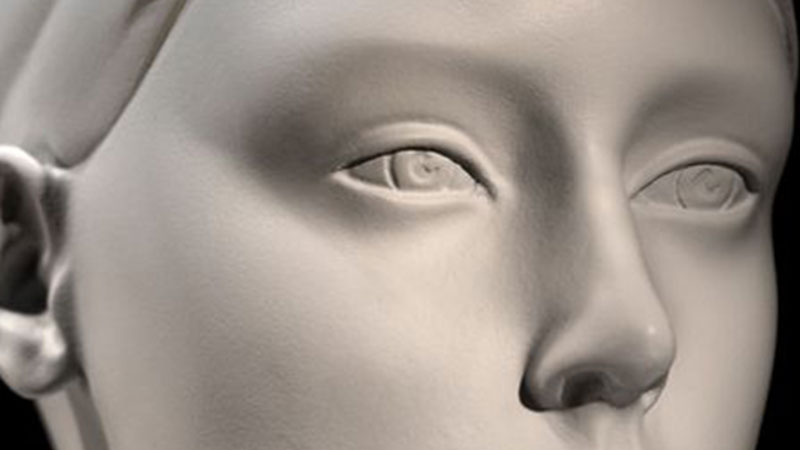
When we are able to put these basic forms together to create the illusion of an object, our drawing improves. In fact, better drawing skills come from understanding the structure of the objects that we are drawing.
Sculptors must understand the objects that they are emulating in order to create a representational sculpture. They must understand the forms, create the forms and then mold the forms further. Drawing is similar to sculpture in many ways, but two similarities stick out to me…
1. Sculptors that use modeling techniques start loosely – Modeling is a sculpture technique in which soft, pliable material is molded into shape. Clay hand-building is an example of modeling. Sculptors that use this technique start with very loose forms and slowly form them into the finished sculpture. Successful drawing often mimics this technique. We may start with loose lines designed to “find” the shape. Once the shape is defined, it is modeled using value until the final illusion of form is achieved.
2. Sculptors put simple forms together to create the finished, more complex sculpture – The second similarity between drawing and sculpture can found in how these two types of artists approach the creation of the artwork.
Sculptors observe and find the forms of the object that they are sculpting and then create forms to mimic what they observe. When drawing, we do the same.
We find the shapes and then draw the shapes that we see. When we are successful in putting the shapes together, we are successful with our drawings.
Take a look at the following video and watch how the sculptor does these things. She starts with loose forms, then adds to them to create the finished, well-developed sculpture. Think like a sculptor when drawing, and your drawing skills will improve.
If so, join over 36,000 others that receive our newsletter with new drawing and painting lessons. Plus, check out three of our course videos and ebooks for free.

